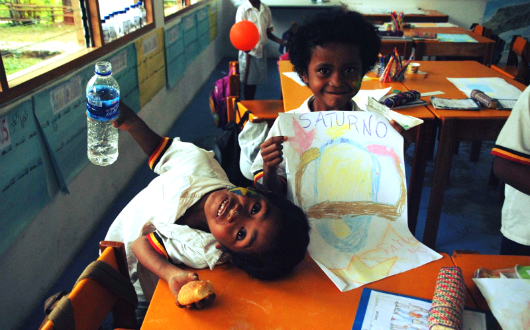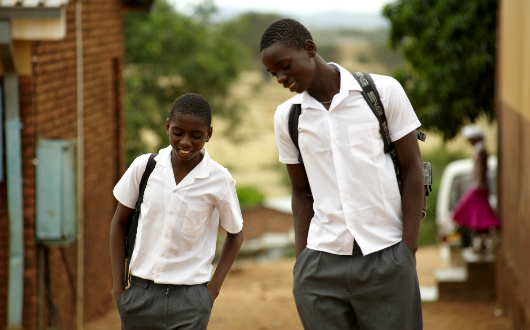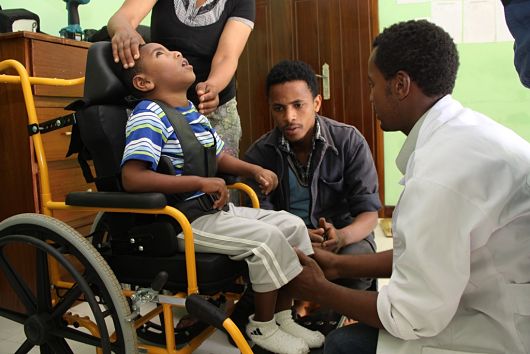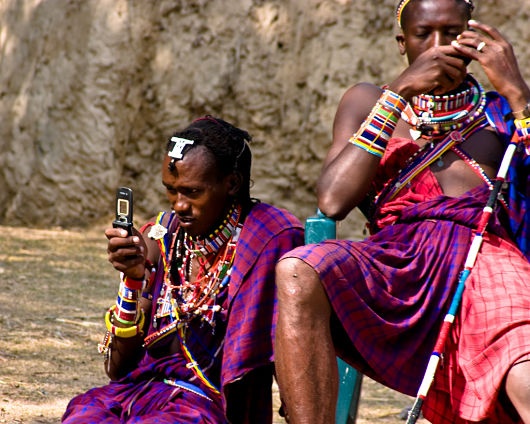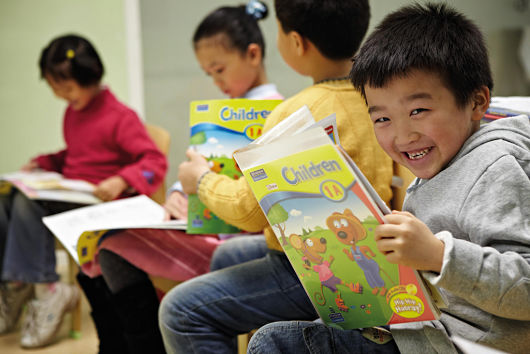 2015 was an active and often successful year for global education in terms of aid and education programs. UNESCO and USAID have several programs that will continue to be enforced into 2016. The following list of International Governmental Organization, or IGO plans provide various global education agreements.
2015 was an active and often successful year for global education in terms of aid and education programs. UNESCO and USAID have several programs that will continue to be enforced into 2016. The following list of International Governmental Organization, or IGO plans provide various global education agreements.
1. UNESCO’s International Institute for Educational Planning
This program is designed for communicating the importance of a quality primary and secondary education. The site includes education reports on several countries, suggestions for improving learning outcomes such as a “contextualized [education] to each regions specific realities,” and financial strategies for covering program costs.
The learning portal has been accessible since January 2016, from anywhere and at no cost to individuals.
2. The Joint Programme
This program,continuing enforcement in 2016, consists of educational focus in Mali, Nepal, Niger, Pakistan, Sudan and Tanzania. The program lists its four main components:
- Improving the quality of education in the regions
- Increasing relations between health and education sects
- Creating an enabling environment
- Advancing the data and evidence-base
The program is unique in that it seeks to eliminate the social problems young girls deal with beginning in puberty. It seeks to educate girls about the risks of pregnancy, and their rights to refrain from young and enforced marriages.
3. UNESCO And Panasonic
UNESCO has entered a public-private relationship with Panasonic, launching the program Strengthening Schools for Education for Sustainable Development in Myanmar. The program seeks to teach young children to read while promoting sustainable and effective global citizen lifestyles.
It will also advocate the principles of protecting the environment, ethical and civil principles and sustainable development.
Additionally, Panasonic has donated 500 Eneloop Solar Storage Units to 40 schools for an effective learning environment. The Chief Representative of Panasonic expresses their hopes the donation will be useful to students studying late at night and during power outings.
4. USAID in Jordan
Through USAID, the U.S. Government plans to build 25 new schools in Jordan in collaboration with the Let Girls Learn Initiative. With overcrowded classrooms the norm in urban Jordan, the plan is to construct more schools. The initiative will be available to 25,000 children each year.
The funds will be directed towards 70 percent of girls’ schools, also available to the thousands of Syrian refugees finding safe haven in Jordanian schools. The initiative will be particularly advantageous for girls in Jordan who are known to have limited access to education.
5. USAID’s Enrichment Initiative To Increase Literacy At The Primary School Level
This initiative is planned to continue into March 2016 in Jamaica. The program has successfully shown improvements in literacy in 2015. This has been accomplished through integrating technology into lessons and advocating for parental and teacher participation. To date, the program has reached 43,000 students and hopes to reach thousands more in 2016.
UNESCO claims that worldwide 250,000 children are not learning the basic skills needed to successfully participate in society and receive a decent livelihood. Furthermore, the organization explains that it isn’t enough to increase student enrollment alone, but also the quality of the education they’re receiving.
– Mayra Vega
Sources: UNESCO 1, USAID 1, UNESCO 2, UNESCO 3
Photo: Google Images
